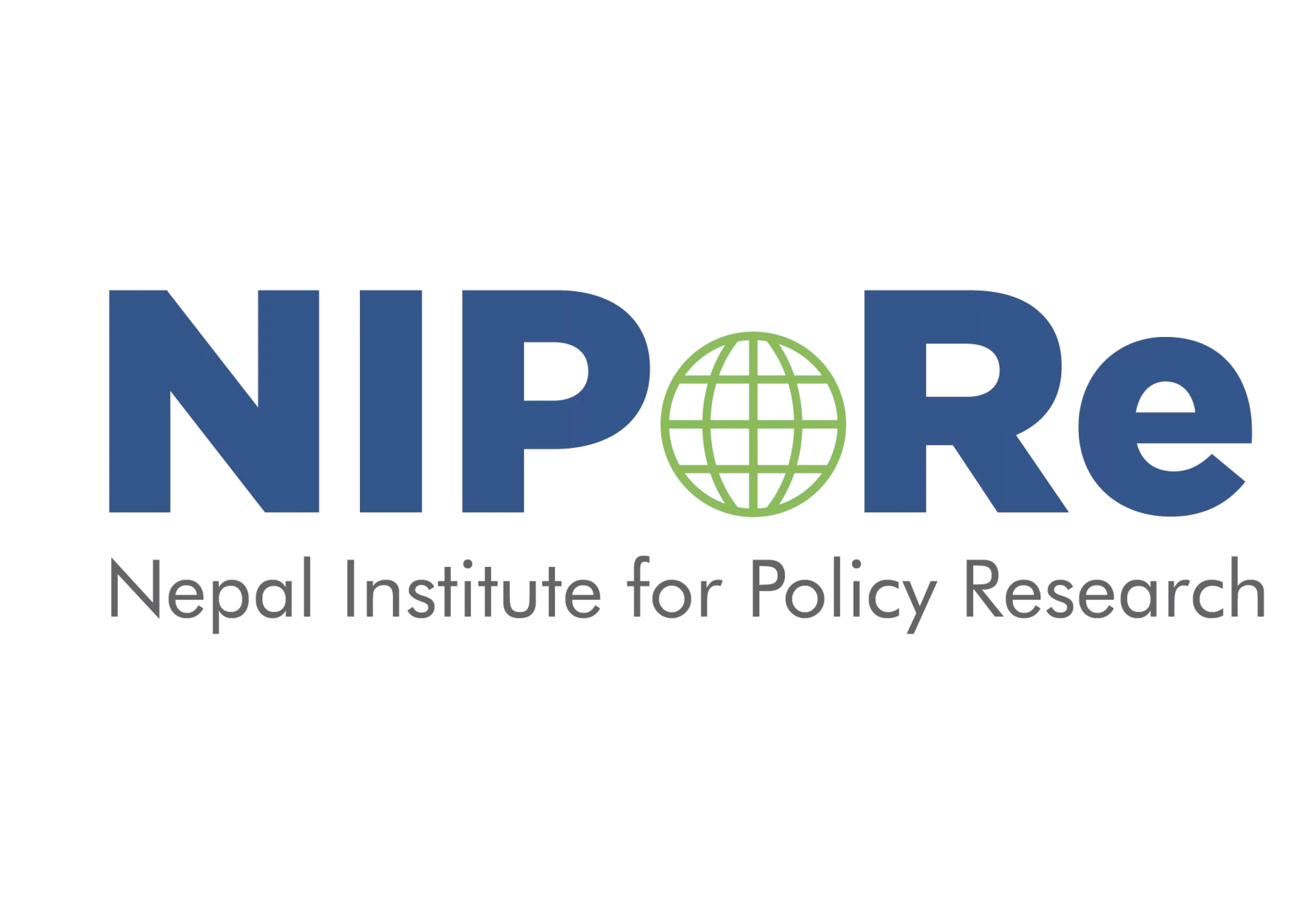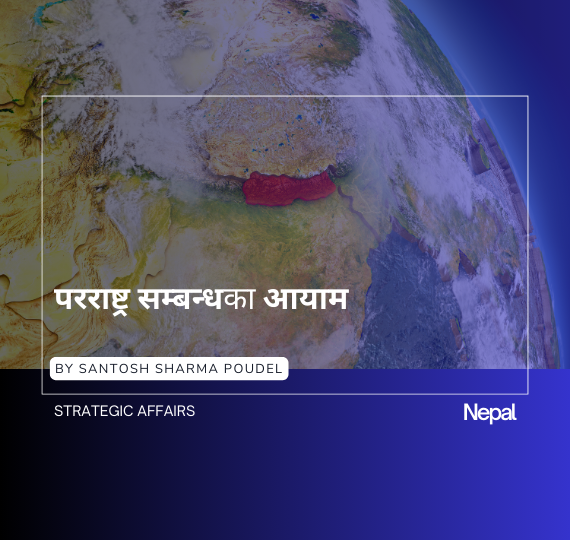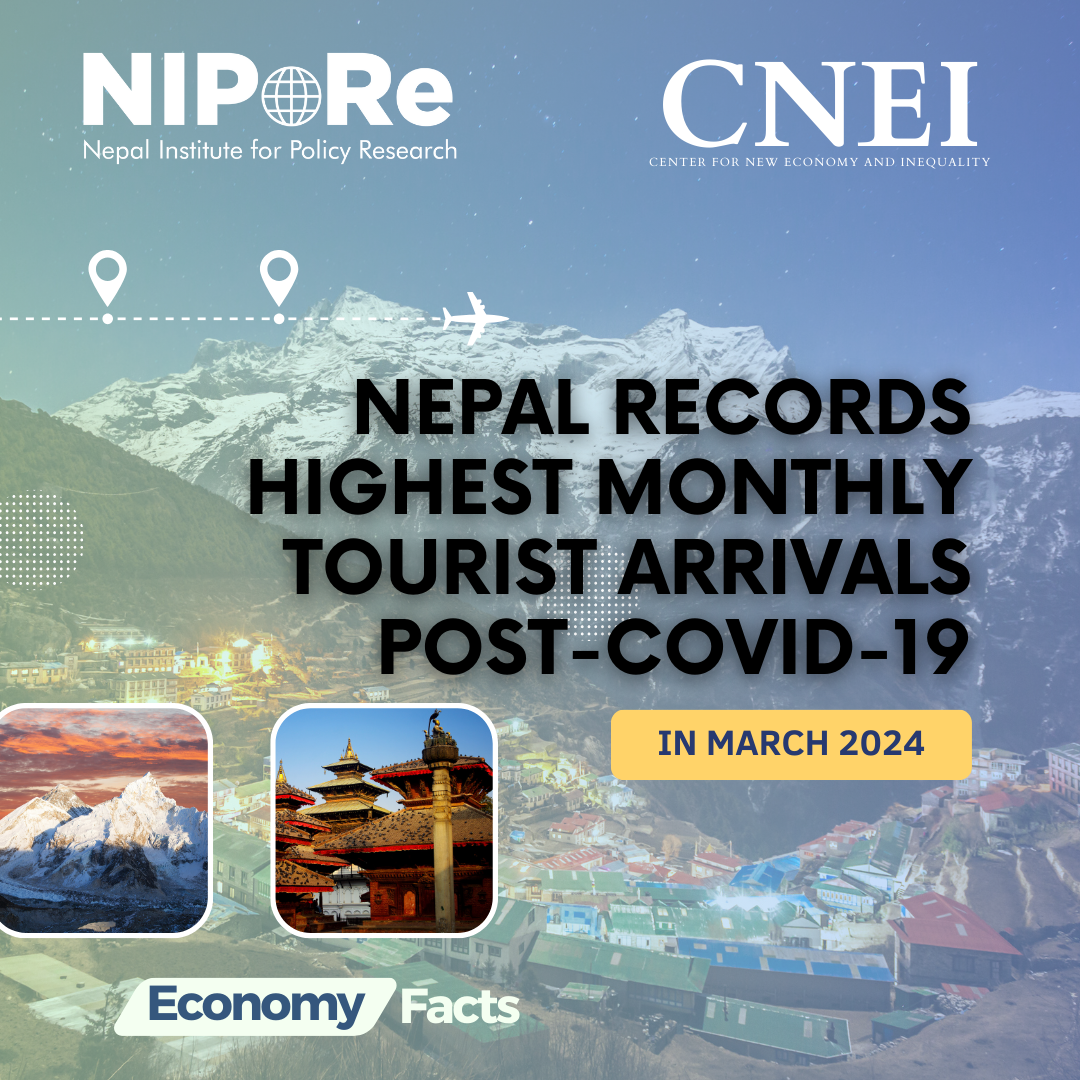Development of Rights: Should human rights be part of Nepal’s economic development strategy?
Synopsis
Human rights and economic development are both considered worthy — but different — aspirations. In today’s Nepal, development is certainly a top priority for leaders and policymakers, but should human rights be part of this conversation? This commentary makes the case that it should. It first introduces the seeming tensions between human rights and economic development, and explains the concerns of skeptics. It then lays out reasons for a marriage between human rights and development on both pragmatic and theoretical grounds.
Introduction
Reconstruction and development are top priorities in post-conflict Nepal. More recently, the country seems keen on growth that is investment-led and with lower trade deficits. Nepal’s best-case scenario, moving forward, would be graduating into middle-income country status by 2030.
Should human rights be part of this economic conversation? The instinctual reply might be: why? Human rights are a set of basic (supposedly) inalienable, universal rights that attach to every individual on the basis of simply being human. Compared to this aspirational standard, economic growth seems to require a more technical and pragmatic approach. Some may say that human rights can constrain, rather than enhance, economic growth. For example, increasing social spending in fulfilling every individual’s right to food or shelter may take resources away from investing in productive sectors. But this hypothetical scenario is just that – hypothetical. Whether such an irreconcilable difference exists, in practice, between human rights and development is a question for evidence-based and context-dependent decision-making.
Skeptics: “Development First, Then Human Rights”
There are other concerns with including human rights in the development agenda that come from well-meaning skeptics who do not see an irreconcilable difference between the two, but who nevertheless have concerns. The primary concerns boil down to: development first, then human rights. First, consider the dire economic condition of our country – Nepal’s growth rate of per capita income has been the lowest in South Asia, averaging just 2 percent during 1970-2014; thousands of youth feel compelled to migrate abroad to work. The deadly earthquake in 2015 was another major setback in our growth trajectory; the slow implementation of federalism poses yet another challenge. In such a situation, it may be more strategic to focus our time, resources and political will toward increasing productivity, employment and investment at home, rather than on abstract and aspirational notions of human rights and human dignity. Second, investing in human rights is too expensive and impractical, especially for a poor country like Nepal. Realization of all human rights would include unprecedented increase in government spending and unrealistic expectation in the government’s ability to implement laws and policies. Third, the traditional champions of human rights are Western states or the global elite. They not only fail to adhere to such moral standards themselves but are also waning in geopolitical and economic importance. It would be hypocritical and futile to ‘impose’ human rights from the Western world. And, lastly, human rights are often politicized issues and we should keep politicization out of economic development decisions. So, in sum: development first, then human rights.
Intersections of Rights and Development
However, designing economic growth strategies with an eye toward human rights will add value to the economic trajectory of Nepal. At a minimum, when it comes to certain issues, human rights and economic development have clear intersections. Gender equality is an example. Gender equality and non-discrimination not only improve human rights of women and other marginalized gender identities, they also have a net positive outcome for productivity, economic diversification, and GDP growth. An anecdotal example is increasing a woman’s right to own land – it enhances human rights while facilitating small business activity and access to finance.
Second, human rights include socio-economic rights, and a right to development. Socio-economic rights are right to shelter, food, water, and health. Although not the most well-known among human rights, these are the rights that are essential to living and they also increase human capital and productivity. Civil and political rights like freedom of association can also have a positive and significant effect on economic growth. Moreover, Nepal expresses consistent policy commitments to the Sustainable Development Goals (SDGs), most impressively reducing poverty by half in the past 15 years (but with 6 more million individuals still below the poverty line). Many of the pillars of the SDGs are concurrent claims to human rights, for example eradicating hunger or securing decent work. A commitment to human rights is as much of a practical governance challenge to Nepal as a commitment to the SDGs or, say, increasing Foreign Direct Investment (FDI) as part of private sector enhancement.
Commitments From Major Players and Nepal’s Constitution
Third, the biggest players of the global private sector themselves have recognized that human rights have economic consequences and pledged commitments to respect them. Today, many investors and corporations require human rights due diligence before investing in a country. In addition to private investors, major development and aid partners care about human rights, often trying to integrate human rights into their funding policies and programs.
Lastly, today’s Nepal rests on the values of inclusion, participation and equity as enshrined in our Constitution. It proclaims a right to live with dignity, freedom and equality; specific rights include the right to health care, food, and housing. Using the Constitution as a guiding principle, our development trajectory should also focus on these values. This means a marriage between the basic spirit of human rights and that of economic development.
Rights and development are not irreconcilable. Basic human rights can act as a floor, not a ceiling, for economic development. Although a difficult balancing task, I think it is an investment worth making. Human rights, after all, is about adding the ‘human’ back into development.
References
- Danish Institute for Human Rights. (2017, March 7). Human Rights and Economic Growth. Retrieved from https://www.humanrights.dk/publications/human-rights-economic-growth
- National Planning Commission, Government of Nepal, & Asian Development Bank. (2016). Envisioning Nepal 2030. Retrieved from https://www.npc.gov.np/images/category/Envisioning_Nepal_2030_Proceeding.pdf
- OHCHR. (2019, August 13). Corporate Human Rights Due Diligence – Identifying and Leveraging Emerging Practice. Retrieved from https://www.ohchr.org/EN/Issues/Business/Pages/CorporateHRDueDiligence.aspx
- OHCHR. (Undated). Empowerment, Inclusion, Equality: Accelerating Sustainable Development with Human Rights. Retrieved from https://www.ohchr.org/Documents/Issues/MDGs/Post2015/EIEPamphlet.pdf
- UN Women. (2019, August 13). Facts and Figures: Economic Empowerment. Retrieved from https://www.unwomen.org/en/what-we-do/economic-empowerment/facts-and-figures#notes
- World Bank. (2017, May). Climbing Higher: Towards a Middle-Income Nepal. Retrieved from https://www.worldbank.org/en/region/sar/publication/climbing-higher-toward-a-middle-income-country
- World Bank & Organisation for Economic Development and Cooperation. (2013). Integrating Human Rights Into Development. Retrieved from https://openknowledge.worldbank.org/bitstream/handle/10986/12800/9780821396216.pdf



